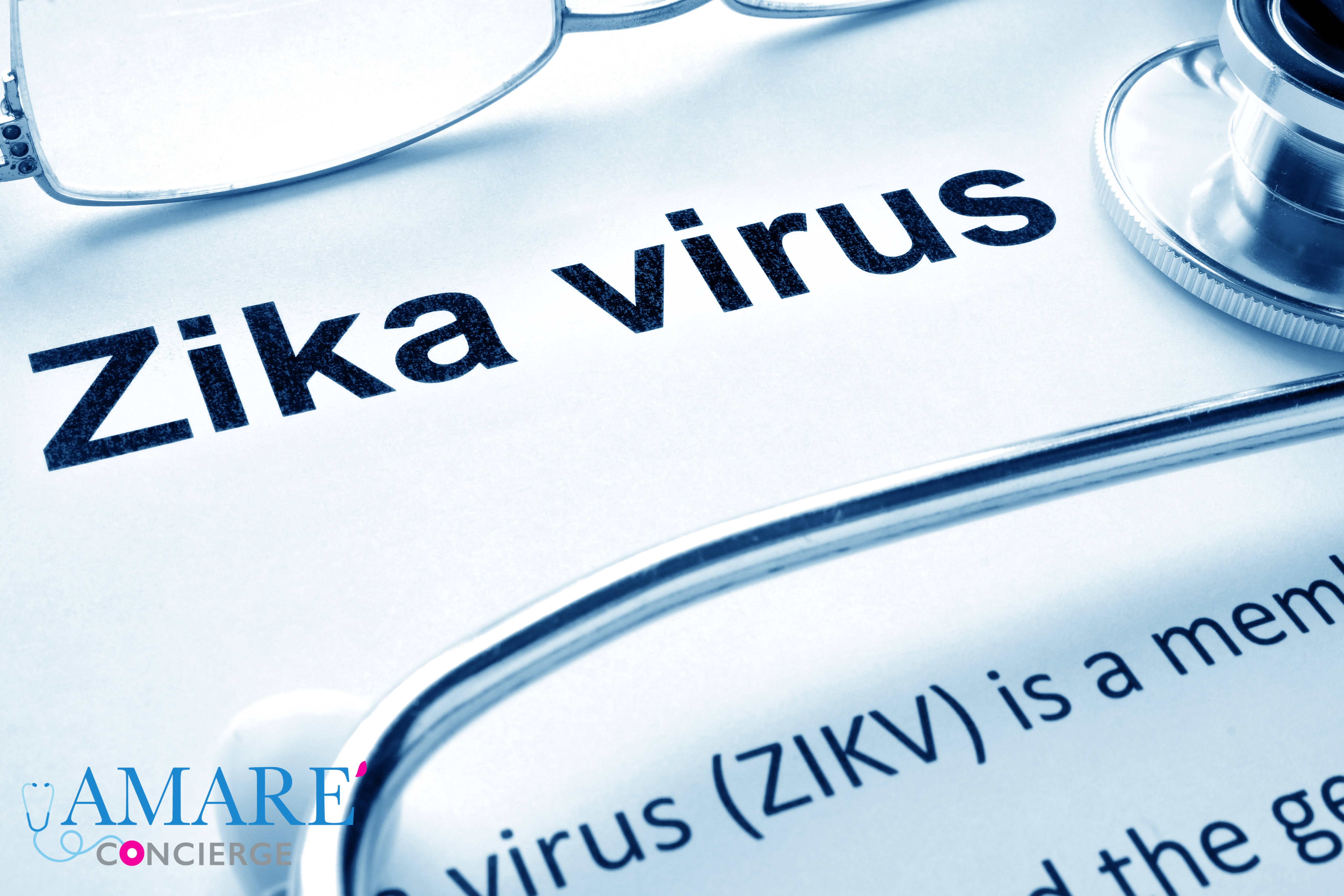News headlines around the world have put the Zika Virus at the forefront of public health concerns. This once-rare disease is now rapidly spreading, with the World Health Organization estimating between 3 and 4 infections in North, South, and Central America next year alone.
You can have the Zika virus and not know it
Zika virus may not cause any symptoms at all. In fact, it is completely asymptomatic in 80 percent of all cases. The other 20 percent of infections typically lead to mild symptoms, which may include:
- Rash
- Fever
- Headache
- Joint and Muscle Pain
- Pain Behind the Eyes
- Conjuctivitis (Pink Eye)
However, these symptoms usually disappear in less than a week. Only very rare cases of Zika virus result in more serious health complications, such as internal bleeding, which may lead to death.
Zika is spread through mosquitoes and human carriers
The Zika virus is most commonly spread through the bites of infected Aedes mosquitoes. A person infected by the bite of a mosquito becomes a human carrier for the Zika virus. Though this is by far the most frequent cause of infection, there have been cases of infections being spread through blood transfusions and sexual activity. The latter was actually responsible for the first recorded case of Zika virus locally acquired within the U.S.
Researchers are still studying the virus to determine how long an infected person could be a carrier for the disease. While it is a known fact that Zika remains in the blood for approximately one week, there have been multiple cases in which the disease was detected in urine and semen for much longer – up to 62 days after the initial onset of illness in the case of a 2014 United Kingdom man.
Babies are most vulnerable to the effects of the Zika virus
The sudden proliferation of the Zika virus probably would not be causing as much concern if it weren’t for the devastating effects it can have on a baby’s physical and neurological development in the womb. Unborn children are at-risk of serious birth defects if their mothers are infected with Zika virus during pregnancy. The illness is capable of causing microcephaly, a congenital condition in which babies are born with abnormally small heads. The virus affects developing brain tissues, potentially leading to speech delays, stunted growth, and mental retardation. There are also many recorded cases of microcephaly leading to infant death.
It is important to note that the link between Zika infection and pregnancy has produced varying outcomes. The U.S. is tracking births of women infected with Zika through a national registry. As of February 26th, the CDC reported two miscarriages, two healthy births, two ongoing healthy pregnancies, and one severe case of microcephaly. In Brazil, however – where Zika virus is most rampant – there were more than 4,000 new cases of microcephaly throughout 2015 and the first few months of 2016. Pregnant women are advised to avoid travel to areas where Zika virus is spreading. They should also avoid sexual transmission of the disease by using condoms or abstaining from sex with male partners who have traveled to Zika-infected areas.
Zika is spreading
There is not yet a cure for Zika virus, nor is there a vaccine. However, researchers are working quickly to develop a vaccine – especially for pregnant women and women of reproductive age. In the mean time, Zika continues to spread, and millions of people are at-risk of potential exposure.
The Zika virus is rapidly spreading in the warm climates of the Americas. Mosquito-borne infections are occurring as close as Mexico, the Caribbean, and Puerto Rico. If mosquitoes in the U.S. become carriers, more than 6 in 10 Americans live in areas that could result in exposure. Some of the warmest areas experience average wintertime temperatures that may not be cold enough to kill off the mosquitoes, resulting in a year-round infection risk.
If you must travel to a Zika-infected area, or if Zika virus becomes locally transmitted within the U.S., you can help prevent infection by wearing insect repellant and preventing skin exposure with long sleeves and pants – particularly at sunrise and sunset when the mosquitoes are most active. You can also help protect yourself and your family by eliminating mosquito breeding sites around your home, such as puddles of water, birdbaths, and other pooled areas of water.





